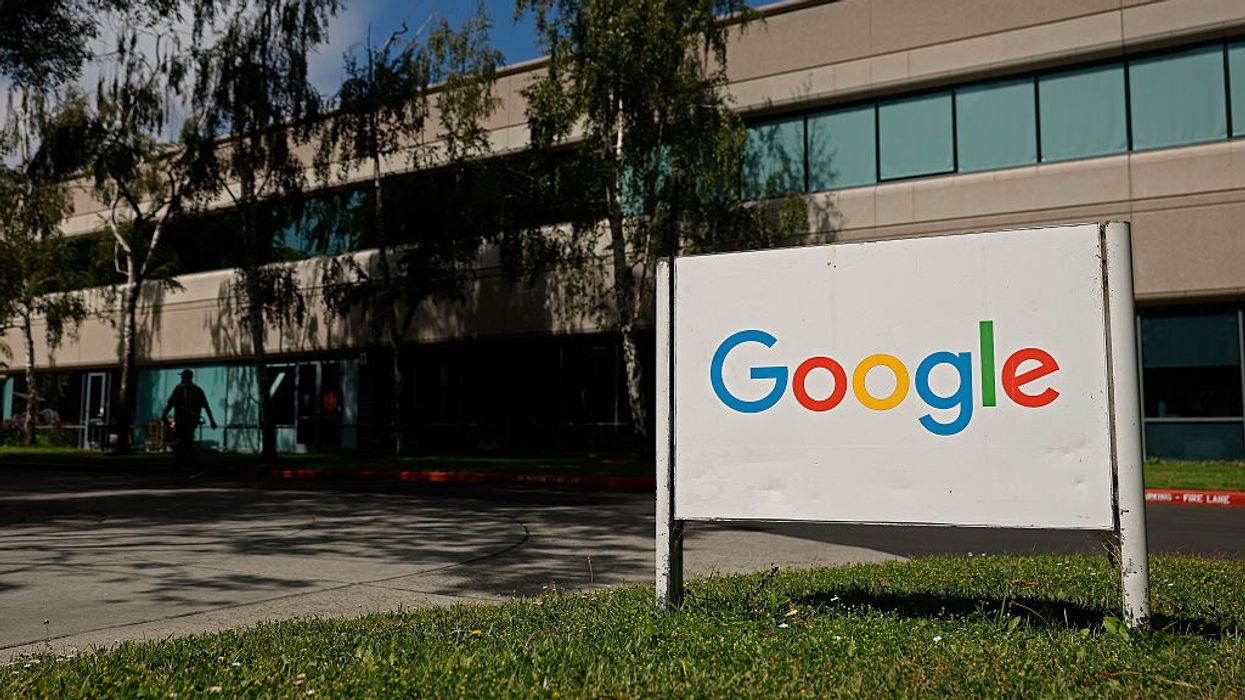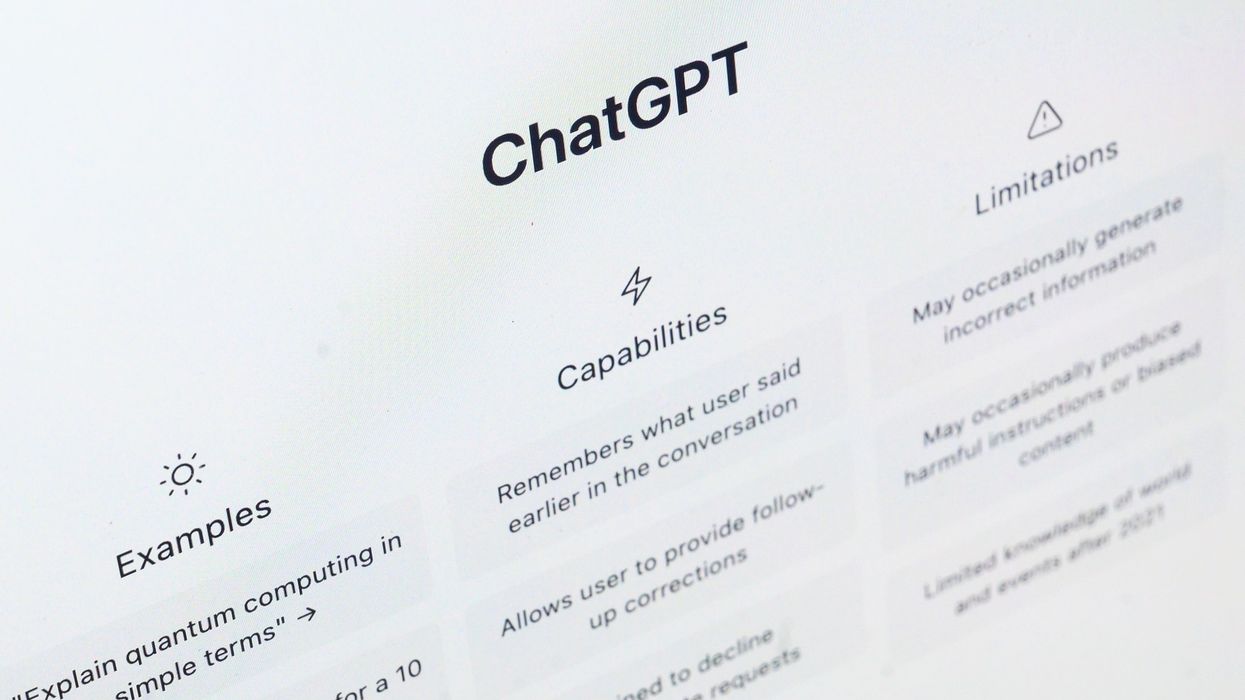Google DeepMind has unveiled Genie 3, its most advanced “world model” to date—a system being hailed as a major step toward artificial general intelligence (AGI). Genie 3 enables AI systems and agents, including robots and autonomous vehicles, to interact with immersive, physically accurate simulations of the real world, such as virtual warehouses.
Genie 3 stands out because it can generate interactive 3D environments in real time based on a simple text prompt, creating both photorealistic and imagined worlds. Unlike prior models, which could only generate short video-like scenes or distorted virtual spaces for a few seconds, Genie 3 produces virtual worlds that remain physically consistent and interactive for several minutes—offering experiences at 720p resolution and 24 frames per second. Notably, this marks a significant improvement over its predecessor, Genie 2, which only supported about 10–20 seconds of interaction.
Used for climate change effects
A particularly novel feature is “promptable world events”: users can alter the environment dynamically, for example by changing the weather or adding new characters, simply by issuing a text command. Genie 3 also remembers what it has previously generated—an emergent memory function that keeps simulated environments coherent even when users or agents leave and re-enter, such as ensuring wall murals or chalkboard text remain unchanged. This is crucial for training AI agents that need to learn from long-term, consistent physical experiences, as robots or vehicles would in real-world settings.
Unlike hard-coded physics engines, Genie 3 learns physical interactions (like gravity, collisions, and movement) by observing and reasoning over its own generated worlds. This enables it to provide more accurate and generalizable training for AI agents, which is essential for developing the flexible, general-purpose skills that define AGI. For example, the system can issue tasks to an agent—such as “approach the green trash compactor in the warehouse”—and observe how the agent adapts, learns, and problem-solves in these endlessly varied but physically plausible worlds.
Availability is still an issue
Currently, Genie 3 is available only as a limited research preview for select academics and creators while Google assesses its capabilities and potential risks. General public access is not yet planned, but DeepMind may consider expanding to more testers in the future.
In summary, Google’s Genie 3 represents a transformative advance in AI world modeling, moving beyond static or narrowly defined simulations to real-time, interactive, and adaptable environments that can serve as realistic training grounds for intelligent agents. By bridging the gap between digital simulation and embodied intelligence, Genie 3 brings the dream of human-level AI—and its safe, scalable development—closer than ever before.
















